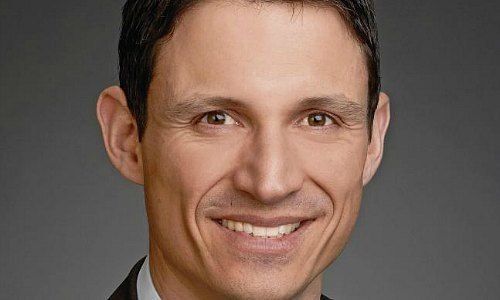Technically, the SNB therefore has acquired foreign currency-denominated bonds and equities on credit. The SNB will only be able to one day pare its balance – and therefore money supply – and bring it to a more normal level if the losses on investments aren’t bigger than the provisions taken for the purpose without reducing its equity capital (compared with the level before the purchase of foreign currency).
The discussion about financing the state therefore can only refer to the return on investment on foreign currency positions, not however on the positions themselves and the provisions taken for the purpose. Equally, a temporary misuse of those assets isn’t on the cards because they form part of the monetary policy instruments. It would impair the SNB’s ability to act and its reputation.
«In the long run, it must be the SNB’s target to reduce the high excess liquidity in the system»
Additional funding for the state in excess of the current annual distribution therefore has to be put on the back burner until the SNB has sold the assets, or until it is clear that there will be a profit after the conclusion of the investments, respectively a strengthening of the equity capital (as compared with before the forex interventions). It may take a long time before such clarity is available.
In the long run, it must be the SNB’s target to reduce the high excess liquidity in the banking system, to bring the foreign currency positions back to a more normal level and to end the negative interest regime, because it endangers financial stability and puts a strain on future generations.
In an ideal scenario, the distribution reserve will increase over the course of the years, enabling the payment of a significant special distribution to the general public. The financial year 2018 however has shown that steady growth of the reserve can’t just be assumed over the long run.
Christoph Sax is the chief economist of Migros Bank, where he started at the beginning of 2017. Before, he worked as an economist and deputy head of financial analysis at Luzerner Kantonalbank.
Previous contributions: Rudi Bogni, Peter Kurer, Oliver Berger, Rolf Banz, Dieter Ruloff, Werner Vogt, Walter Wittmann, Alfred Mettler, Peter Hody, Robert Holzach, Craig Murray, David Zollinger, Arthur Bolliger, Beat Kappeler, Chris Rowe, Stefan Gerlach, Marc Lussy, Nuno Fernandes, Richard Egger, Maurice Pedergnana, Marco Bargel, Steve Hanke, Andreas Britt, Urs Schoettli, Ursula Finsterwald, Stefan Kreuzkamp, Oliver Bussmann, Michael Benz, Peter Hody, Albert Steck, Andreas Britt, Martin Dahinden, Thomas Fedier, Alfred Mettler, Brigitte Strebel, Peter Hody, Mirjam Staub-Bisang, Nicolas Roth, Thorsten Polleit, Kim Iskyan, Stephen Dover, Denise Kenyon-Rouvinez, Christian Dreyer, Kinan Khadam-Al-Jame, Robert Hemmi, Anton Affentranger, Yves Mirabaud, Katharina Bart, Frédéric Papp, Hans-Martin Kraus, Gerard Guerdat, Didier Saint-Georges, Mario Bassi, Stephen Thariyan, Dan Steinbock, Rino Borini, Bert Flossbach, Michael Hasenstab, Guido Schilling, Werner E. Rutsch, Dorte Bech Vizard, Adriano B. Lucatelli, Katharina Bart, Maya Bhandari, Jean Tirole, Hans Jakob Roth, Marco Martinelli, Beat Wittmann, Thomas Sutter, Tom King, Werner Peyer, Thomas Kupfer, Peter Kurer, Arturo Bris, Frederic Papp, Claudia Kraaz, James Syme, Peter Hody, Dennis Larsen, Bernd Kramer, Ralph Ebert, Marionna Wegenstein, Armin Jans, Nicolas Roth, Hans Ulrich Jost, Patrick Hunger, Fabrizio Quirighetti, Claire Shaw, Peter Fanconi, Alex Wolf, Dan Steinbock, Patrick Scheurle, Sandro Occhilupo, Claudia Kraaz, Will Ballard, Michael Bornhäusser, Nicholas Yeo, Claude-Alain Margelisch, Jean-François Hirschel, Jens Pongratz, Samuel Gerber, Philipp Weckherlin, Anne Richards, Michael Welti, Antoni Trenchev, Benoit Barbereau, Pascal R. Bersier, Shaul Lifshitz, Klaus Breiner, Ana Botín, Michel Longhini, Martin Gilbert, Jesper Koll, Ingo Rauser, Carlo Capaul, Claude Baumann, Markus Winkler, Konrad Hummler, Thomas Steinemann, Karin M. Klossek, Michael Welti, Christina Boeck, Michel Longhini, Guillaume Compeyron, Miro Zivkovic, Alexander F. Wagner and Eric Heymann.
- << Back
- Page 2 of 2



































